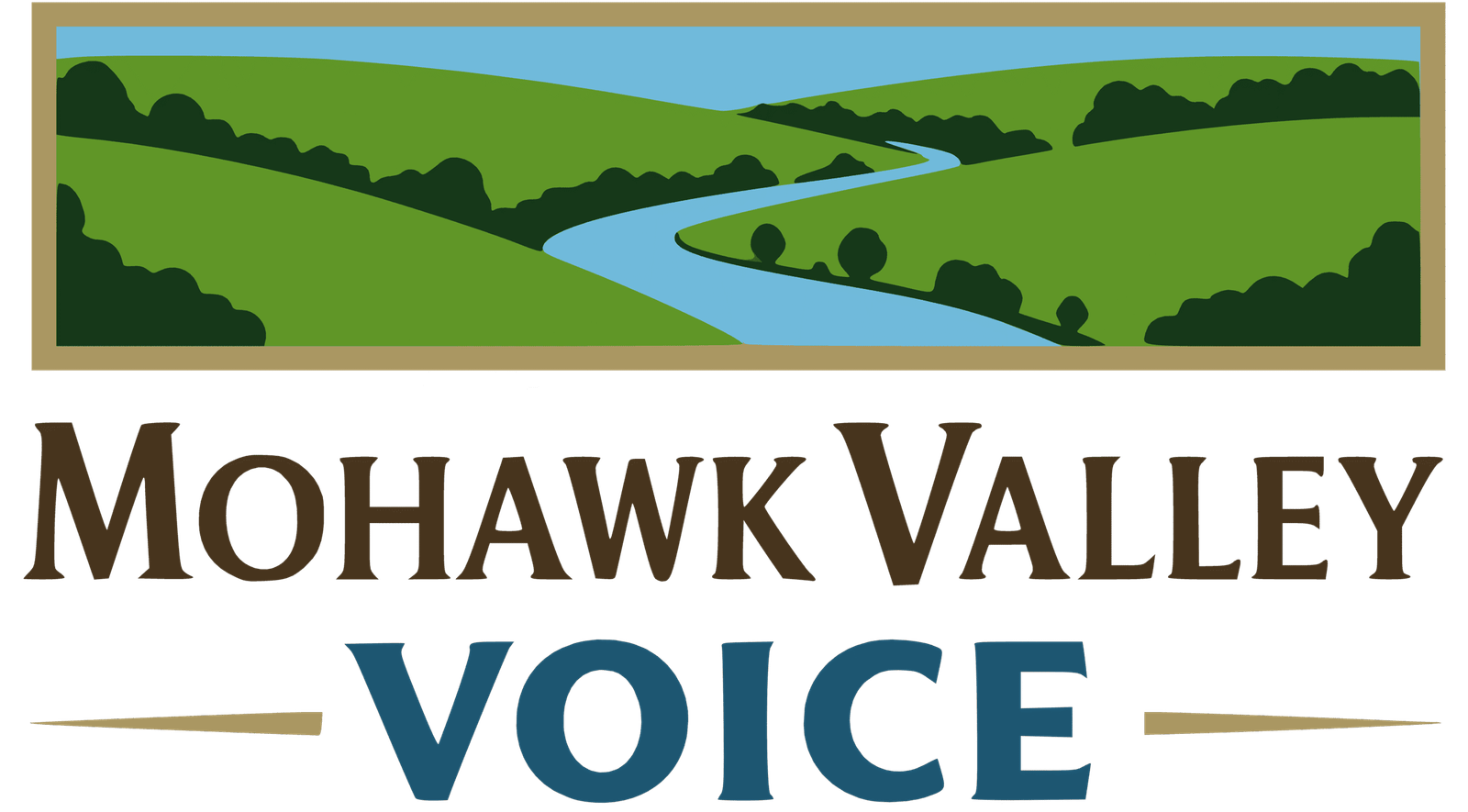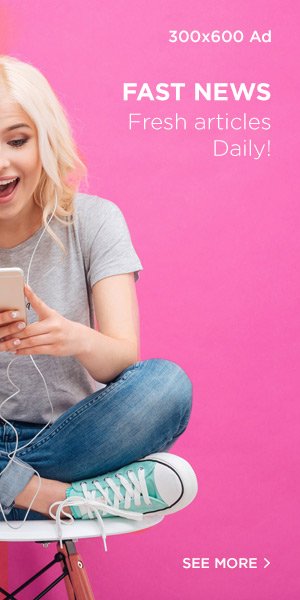Art, Local Reactions, and Policy Changes in the Wake of a Misinterpreted Prop
The confusion that began with a hyper-realistic latex teddy bear at a Victorville convenience store has evolved into a wider conversation about art, public safety, and community responsibility. What initially appeared to be human remains triggered a rapid law enforcement response and raised questions in a community already on edge. Now, as the investigation continues and local officials deliberate possible policy changes, residents, business owners, and experts are coming together to reexamine the balance between creative expression and public safety.
Incident Recap: From Art to Alarm
On July 13, 2025, a passerby in Victorville, California, reported an eerie discovery outside an ampm store on Bear Valley Road. At first glance, the object—an intricately designed teddy bear—appeared to be human remains. Responding officers quickly secured the area, prompting the involvement of the San Bernardino County Sheriff’s Department and the coroner’s office. Early on, the incident was shrouded in mystery, with many fearing a grim crime scene. However, it soon emerged that the object was a latex creation crafted by Robert Kelly, a South Carolina special effects artist known for his provocative designs.
Mara Rodriguez, a spokesperson for the Sheriff’s Department, noted during the initial investigation, “A caller reported finding an object that appeared to be human remains. A coroner investigator has taken possession of the item, and the investigation is continuing.” This statement, combined with the visual impact of the scene, set off a chain reaction in public discourse and law enforcement protocols.
Community Reactions: Shock, Relief, and Lingering Questions
The initial shock of the incident has gradually given way to a mix of relief and unresolved questions within the Victorville community. Residents expressed anxiety on social media platforms, where hashtags like #VictorvilleScare and #ArtOrCrime quickly trended. Many community members, especially parents and local business owners, voiced concerns about the potential dangers of hyper-realistic art installations in public spaces.
One local resident commented on a community forum, “Seeing something that looked like actual human remains in our neighborhood is terrifying. I’m glad it was just art, but it makes you wonder how much preparation goes into these displays.” Meanwhile, local online groups called for greater transparency regarding signage and warnings when such art is displayed in justifiably sensitive locations.
In neighborhood meetings, community leaders stressed the importance of public dialogue. “It’s vital that we understand both the intent behind such provocative art and its effects on our community’s sense of security,” one community organizer remarked. These discussions have sparked debates on whether additional guidelines or even regulations should be introduced for art installations, particularly those with realistic and unsettling imagery.
Local Officials and Business Owner Statements
Local officials and business owners have weighed in on the incident with measured concern and calls for improved communication. The Victorville Police Department has reiterated that while no criminal activity was found, the incident serves as a reminder of the fine line between artistic expression and public safety. An official from the department emphasized, “While our investigation confirms that the item was a piece of art, the misunderstanding it caused is a clear signal that additional measures may be necessary to avoid similar incidents in the future.”
Business owners within the affected area have also voiced their perspectives. Several store managers reported that the incident, though ultimately harmless, led to a noticeable drop in customer confidence during the following days. One local store owner shared, “Our customers were visibly unsettled by the event. We are now planning to add more security cameras and better lighting outside to ensure that everyone feels safe.” This sentiment is echoed across the business community, where the call for practical safety improvements is growing louder.
Follow-Up Investigation and Policy Discussions
In the weeks following the incident, law enforcement has continued a thorough review of the case. Officials have gathered surveillance footage and eyewitness accounts to construct a complete timeline of events. There is a growing push among local policymakers to introduce clearer guidelines for the placement and display of provocative art in public settings. The debate centers on ensuring that such artworks do not inadvertently trigger panic or mislead emergency responses.
Legal experts also weigh in by noting that while the First Amendment protects artistic expression, there is room for regulation when the art in question compromises public safety. “We must consider the responsibilities that accompany artistic freedom,” explained an independent policy analyst at a recent community meeting. “Permits and safety notices could serve as a bridge between artistic intent and community security.”
Recent proposals include mandatory disclosure for art installations in public spaces, especially in commercial zones where large numbers of people are present. Additionally, local business associations are actively discussing potential collaborations with artists to create designated spaces for such exhibitions. These discussions underscore a broader trend across the nation where provocative art intersects with urban planning and legal standards.
Social Media and Public Conversation
As news outlets expanded their coverage, social media platforms became the primary arena for public commentary. Threads and comments ranged from humorous takes on the situation to genuine concerns about public safety. Individuals on platforms like Twitter and Facebook shared personal anecdotes and debated the limits of freedom in art. One tweet read, “When art scares you this much, maybe it’s time we rethink what we allow in public spaces,” while another emphasized, “I love horror art, but clear warnings should be the norm.”
Platforms such as Instagram and TikTok saw a surge in user-generated content, including remixes of the news footage and creative reimaginings of the incident. Influential voices in the local community called for balanced discussions, urging both artists and regulators to work together. This wave of digital engagement has not only amplified the concerns of local residents but has also brought national attention to the need for clearer policies on public art.
Moreover, the sharing of firsthand images and real-time updates has provided law enforcement with additional context, and even led to community-led initiatives aimed at educating the public about distinguishing art from a potential threat. This online dialogue has become an essential part of the broader conversation about community safety and the responsibilities of modern urban art.
Art, Safety, and the Need for Clear Guidelines
The Victorville incident stands as a vivid example of how art, when taken out of its intended context, can stir public anxiety and complicate emergency responses. What began as a piece of hyper-realistic horror art by Robert Kelly ended up challenging the community’s expectations and spurring an important debate about public safety standards for provocative art installations.
Local officials, business owners, and residents are now calling for enhanced communication and better safety protocols to ensure that such misunderstandings do not recur. As communities navigate the evolving intersection of art and public space, there is an urgent need for dialogue that respects creative freedom while prioritizing public well-being.
Art has the power to challenge perceptions and provoke thought, but the Victorville case reminds us that clear guidelines and proactive policies are crucial in preventing unintentional panic. The conversation does not end here; it is an ongoing dialogue between creative expression and communal security.
If you care about the future of public art and its impact on community safety, join the conversation. Share your thoughts on how we can embrace creative expression while ensuring our public spaces remain secure for everyone.




